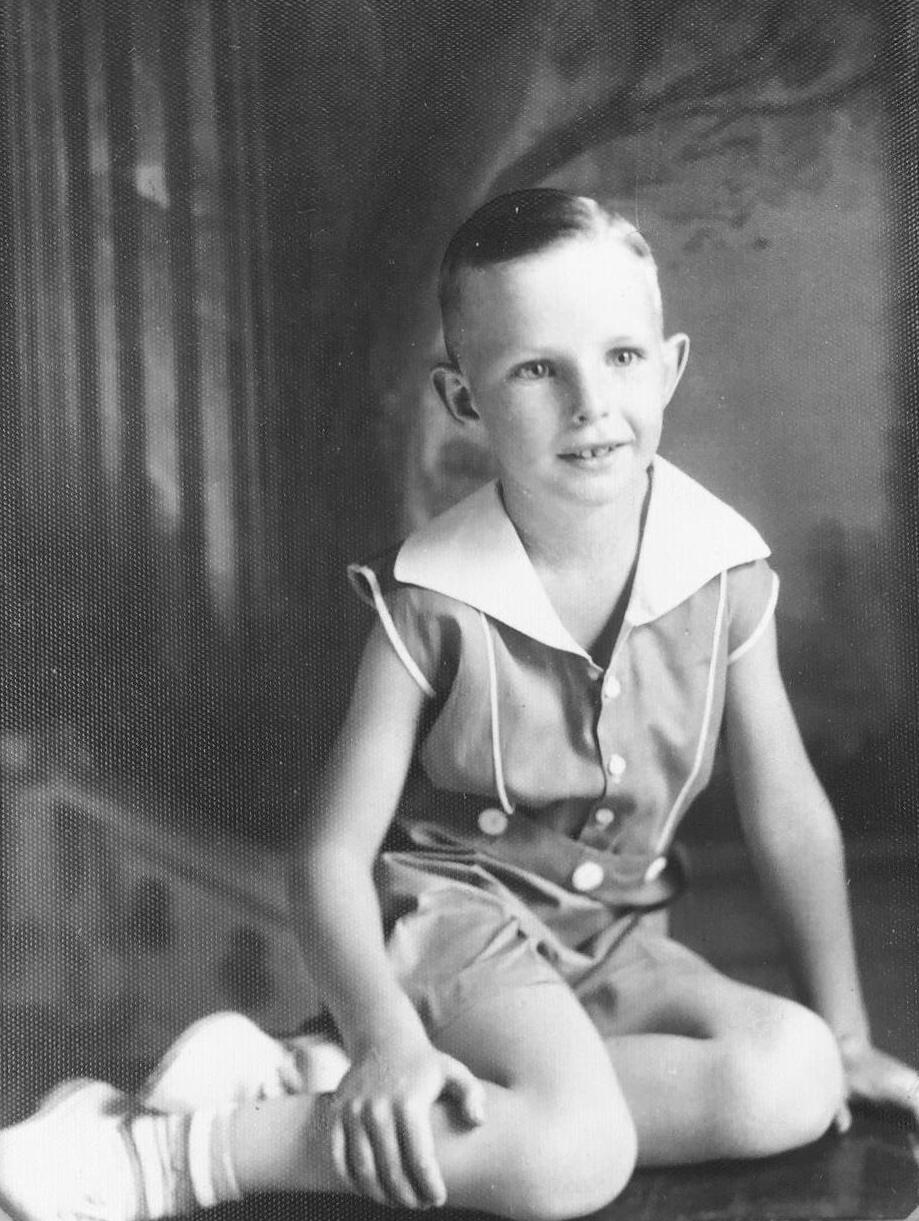
Figure 1.-- This art deco cabinet shows an unidentified boy wearing a button-on summer play suit. The portrait is undated, but qa probavly tajen about 1930. H looks to be about 5-years old. The studio was Woltz on Des Moines, Iowa. |

|
Playwear was a category of boys clothes that did not even exist in the 19th century. The very idea of play was a concept which only slowly developed in the 19th century. Puritanical Americans saw play as a kind of idelness that was not good for either boys or adults. Generally speaking as play became more asccepted in th later-half of the 19th century we see children wearing old clothes for play rather than specially designed playwear. There were also ptotective garments like pinafores and smocks to protect clothing, but more from work than play. We begin to see all kinds of playwear in the early-20th century. At the turn of the century, the tunics suits younger boys wore were often used as play suits, although there were also dressy tunic suits. We see a range of other play outfits im the early-20th century, such as inexpensive sailor suits, but for the most part children still dressed rather formally. An exception was the coveralls and bin-front outfits for youngr boys. Major changes occurred after World War I (1914-18), casual styles became increasingly common. This was especially true for younger children. Short pants became increasingly commom and long stockings began to decline, especially during he summer. There were varioss kinds of short pants outfits, especially during the summer. We begin to see shorts being worn on a seasonal basis. We see many variously styled button-on outfits, some with no sleeves or abrevaited sleeves--something we had not seen before. The boy's outfit here is a good example (figure 1). Most boys wore knickers in the inter-war era, but shorts were very common among younger boys. There was a social class factor with shortbpants, but younger boy of all classes might wear shorts. More changes occured after World War II (1939/41-45). Clothing styles became even more casual. The t-shirt emerged as standard summer wear, with short pants or more commonly jeans. Shorts became less common as dresswear with suits and much more common as summer play wear. We see different bonds of shorts such as camp shorts. Short pants were standard for summer camps. Private camps had uniforms. More different types of shorts appeared toward the later decades such as althletically styleed shorts. The baseball cap became standard casual playwear. Children began wearing tube socks with rather short cut shorts. OP cord shorts appeared in California. Singlet styled tops appeared. Toward the end of the century, shorts became nearly standard, but longer and baggy. .
Navigate the Boys' Historical Clothing Web Site:
[Return to the Main U.S. play garment page]
[Return to the Main U.S. garment page]
[Return to the Main U.S. country page]
[Introduction]
[Activities]
[Biographies]
[Chronology]
[Clothing styles]
[Countries]
[Topics]
[Bibliographies]
[Contributions]
[FAQs]
[Glossaries]
[Images]
[Registration]
[Tools]
[Boys' Clothing Home]
